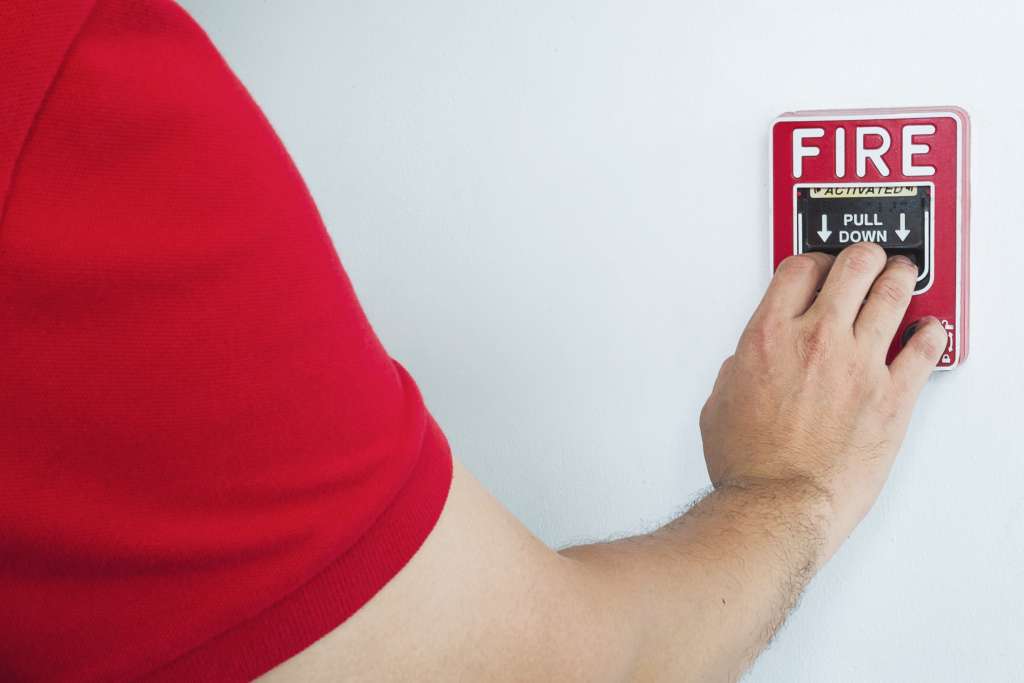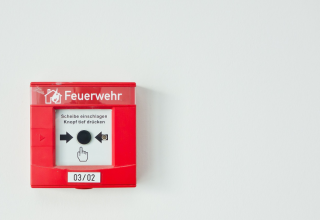With an unmonitored system, calling 911 yourself to alert the fire department is necessary. This requires time and false alarms can drain emergency services agencies of vital resources.
Monitoring allows detecting devices to notify a 24-hour security central station, which in turn alerts local authorities of impending danger and helps evacuate and focus on getting to safety as quickly as possible. This enables evacuation without disrupting normal life activities and ensures you can focus on getting there faster. DSC NEO ULC fire alarm monitoring kit can provide you with the peace of mind you need that your home and family are safe and secure.
Smoke Detectors
Unless your smoke detectors are being closely monitored, a house fire can quickly take hold without warning if left unnoticed. With only 17 minutes available to escape a housefire and smoke or gases spreading quickly while sleeping or away from home, smoke and deadly gases could spread rapidly through your property and be fatal – potentially being disastrous to life and property.
Working smoke alarms should sound an audible alert, giving your family time to escape safely from a reported home fire. Studies estimate that working smoke alarms cut fatalities associated with reported home fires by half.
Make sure your fire alarms are wired into a hardwired electrical system with battery backup in case of power outages during a house fire, and change smoke detector batteries twice annually; to stay on track with this task set a reminder on your phone or set an appointment day of the week to do it. For maximum effectiveness consider investing in “Dual Sensor” models which utilize both ionization and photoelectric technologies in their design.

Carbon Monoxide Detectors
Carbon monoxide detectors should be an integral component of home systems that use fuel sources like stoves, dryers and fireplaces. Each year in America alone, 400 people succumb to its deadly poisonous gas; many more require hospital emergency room treatment due to carbon monoxide poisoning due to non-fire related carbon monoxide exposure.
Carbon Monoxide detectors detect this lethal gas by using electrochemical sensors that convert CO molecules to electrical currents and then monitor any changes, sending an alarm signal if something changes. Some models provide power indicator lights, test buttons and LCD screens which display system status or battery level information – while some units double up as smoke detectors to make testing, monitoring and syncing your system easier.
Hardwired CO detectors require professional installation for optimal operation; battery-powered detectors can either use replaceable batteries or plug directly into wall outlets and have backup batteries to store charge during power outages; some even alert you when the batteries run low by emitting an audible tone or LED light alert.
Fire Extinguishers
Fire extinguishers can help thwart hundreds of unexpected fires daily. But they should only be used by trained personnel; otherwise using the wrong type could actually spread or reignite the flames.
The best fire alarm systems are connected to a central monitoring station that notifies both the fire department and designated company employees immediately, speeding response times and minimizing property damage.
Monitors which combine both smoke and carbon monoxide detection are ideal for your home or apartment, while systems featuring bed shakers and visual alerts can wake deaf and hard-of-hearing individuals to any fire emergencies. Strobe lights and public announcement systems may also be triggered by your alarm system to signal evacuations and mark safe rally points outside. Furthermore, integrated fire suppression systems and automated door closures may further enhance its capabilities.
Home Automation
Home automation refers to a system of hardware and communication that allows you to remotely control household appliances and features using the Internet, while simultaneously helping reduce energy costs by switching off devices that continue consuming “vampire” electricity even when not being used.
Smart home systems feature sensors that detect when windows or doors are opened, as well as alarm systems to notify emergency services of an incident and alert neighbours of it.
Home automation also can bring insurance savings. While a hardwired system could allow burglars to cut telephone lines, wireless systems use batteries for powering sensors and communicating through cellular networks that cannot be cut by burglars. A smart alarm can also help deaf, hard-of-hearing, or visually impaired individuals in sleeping rooms when smoke detectors activate, sending bed shakers and loud audible signals along with flashing lights to make responding to fires easier for them.










